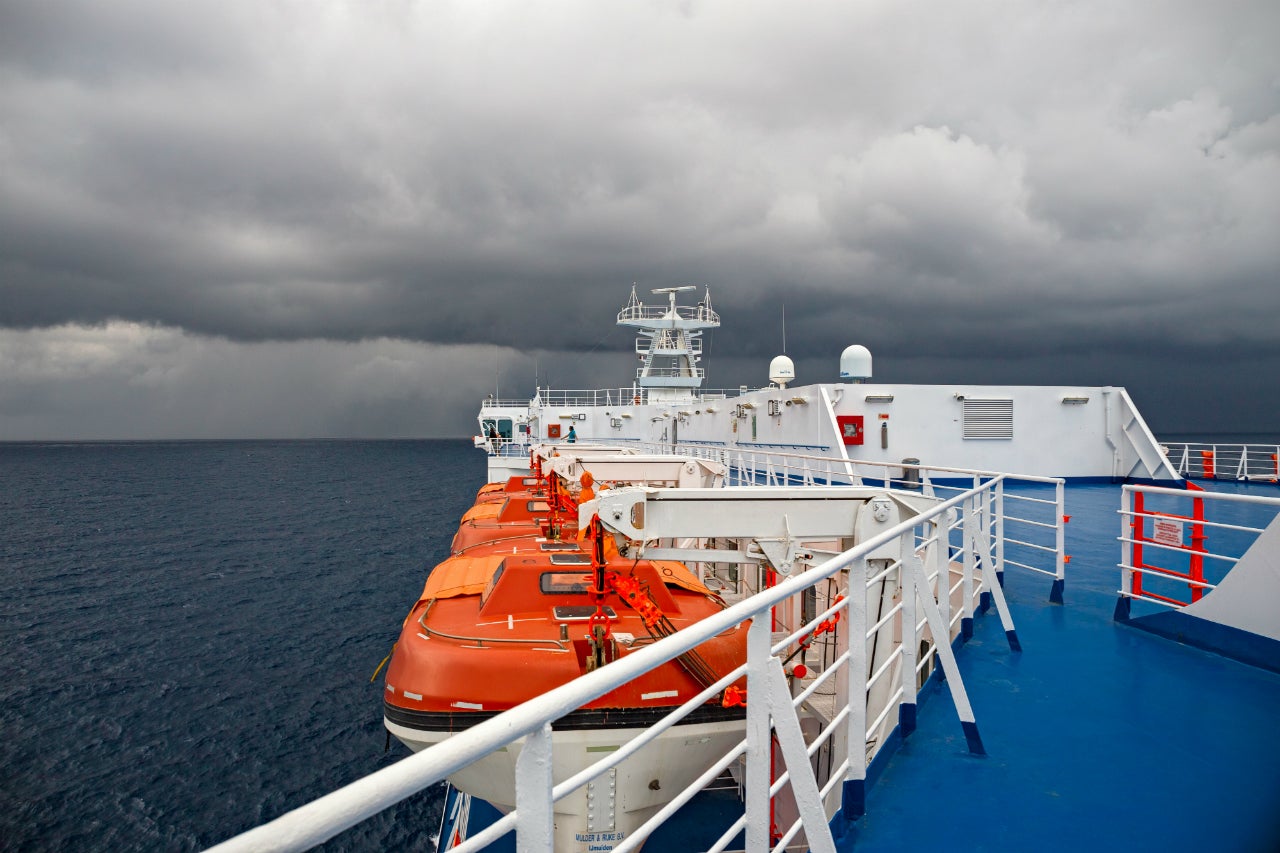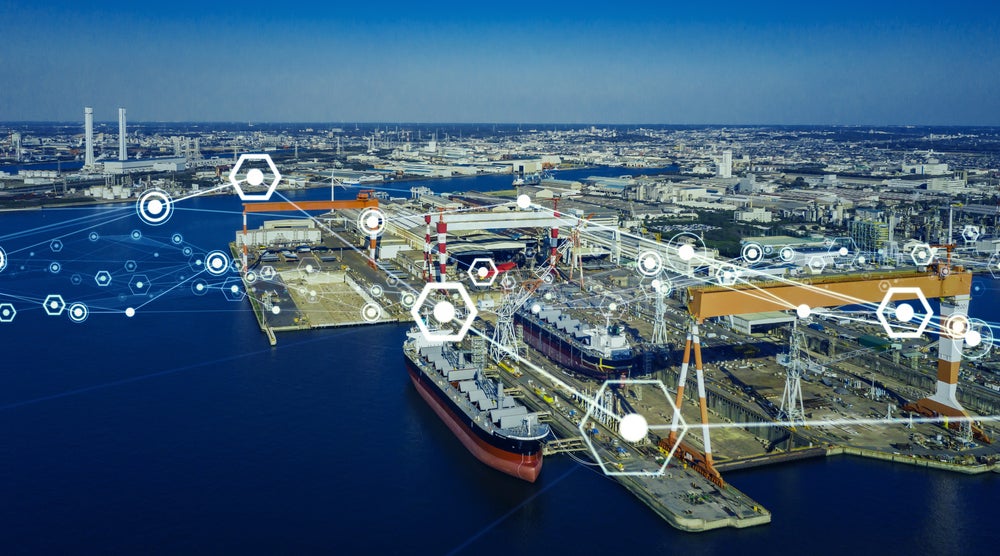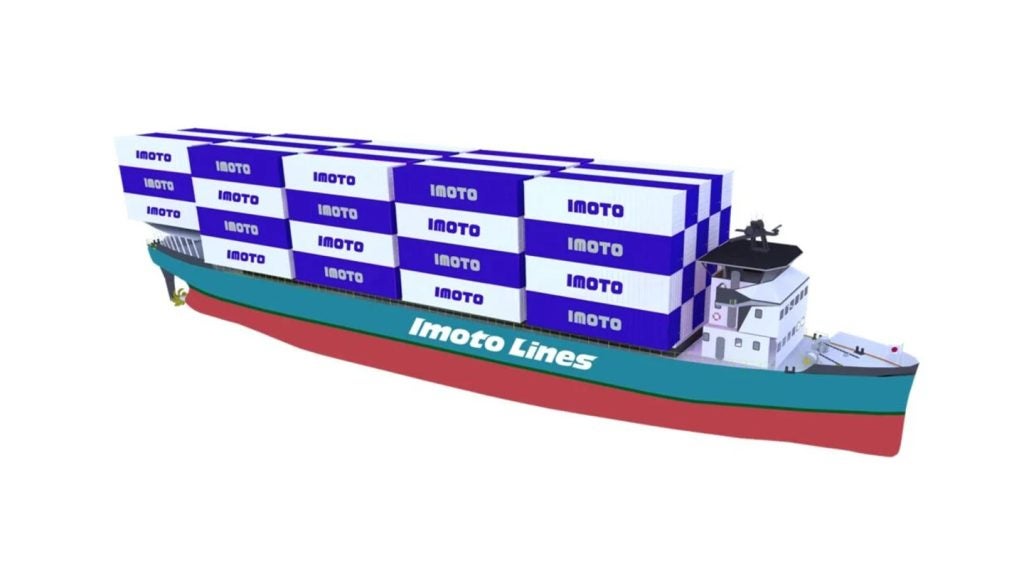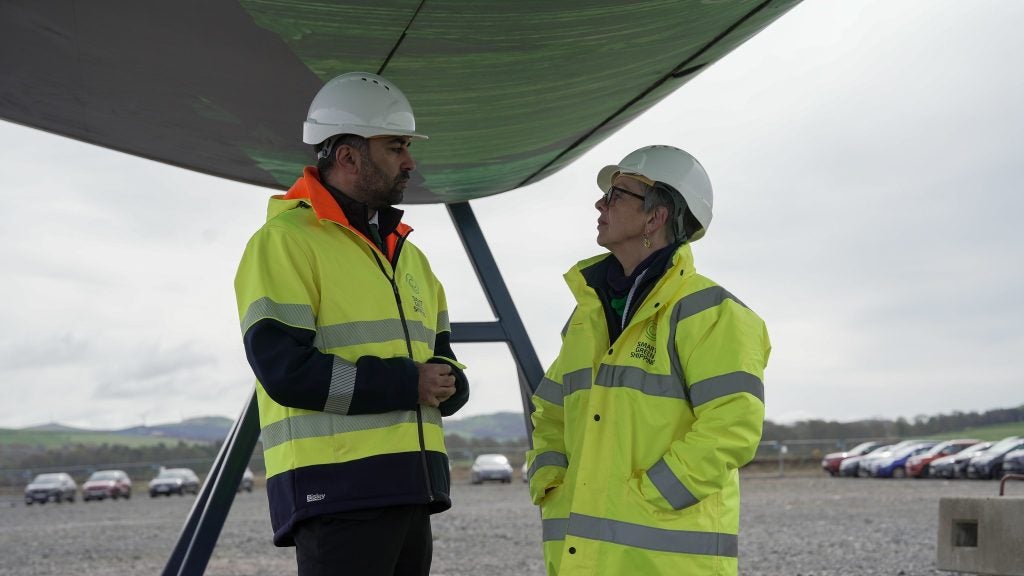
Researchers from the University of Strathclyde in Scotland have developed new equipment that can measure underwater noise generated by vessels.
The underwater radiated noise (URN) created by the military, oil and gas industry, and shipping traffic poses danger to marine life.
In 2018, the United Nations at its Convention of Migratory Species addressed the issue and called for more development and research on the consequences of the URN.
It also requested the countries to decrease ocean noise where possible.
Called HyDrone, the new equipment is a waterproof aerial drone fitted with a SoundTrap hydrophone recorder, which can measure the URN produced by the propulsion systems of marine craft.
The equipment has been developed by professors Patrick Fitzsimmons and Mehmet Atlar of the Department of Naval Architecture, Ocean and Marine Engineering (NAOME).
How well do you really know your competitors?
Access the most comprehensive Company Profiles on the market, powered by GlobalData. Save hours of research. Gain competitive edge.

Thank you!
Your download email will arrive shortly
Not ready to buy yet? Download a free sample
We are confident about the unique quality of our Company Profiles. However, we want you to make the most beneficial decision for your business, so we offer a free sample that you can download by submitting the below form
By GlobalDataWith the SoundTrap hydrophone suspended below, HyDrone can land and float in the sea.
Professor Mehmet Atlar said: “Like carbon emission, increasing emission of URN from ever-growing commercial shipping traffic in the world’s ocean has become a life-threatening danger to living mammal and fish whose communications, feeding, breeding, and day-to-day affairs are adversely affected by URN emission.
“The international and EU regulatory authorities like the International Maritime Organisation (IMO) and the EU have started campaigns and launched research programmes to mitigate and prevent this harmful environmental impact.”
The device can also reduce extraneous background noise, affecting outdated weighted-line systems, where a hydrophone is tied to a buoy or support ship.
Professor Fitzsimmons said: “Within this context, technology like the HyDrone can simplify the practical measurement of the URN from ship propellers and other sources. The unit can operate wherever the target ship is operational and so can measure noise levels in shallow waters.”
HyDrone will feature an aerial platform, which will enable it to move quickly to sites from 5m to 1.5km from the target vessel.
It can be recovered quickly without requiring the ship to rest to recover the alternative, heavier in-water drone or buoyed systems.
Moreover, HyDrone has an on-board, low-light camera amplified with a more deeply immersed lightweight camera, which can quantify temperature and salinity.
Recently, trials were conducted off Blyth in Northumberland where Princess Royal, a ship designed by Professor Atlar, was used as the target ship.
HyDrone was tested after being immersed at 10m against a standard vertical array of tied hydrophones. The system will be commercially available in the future.






